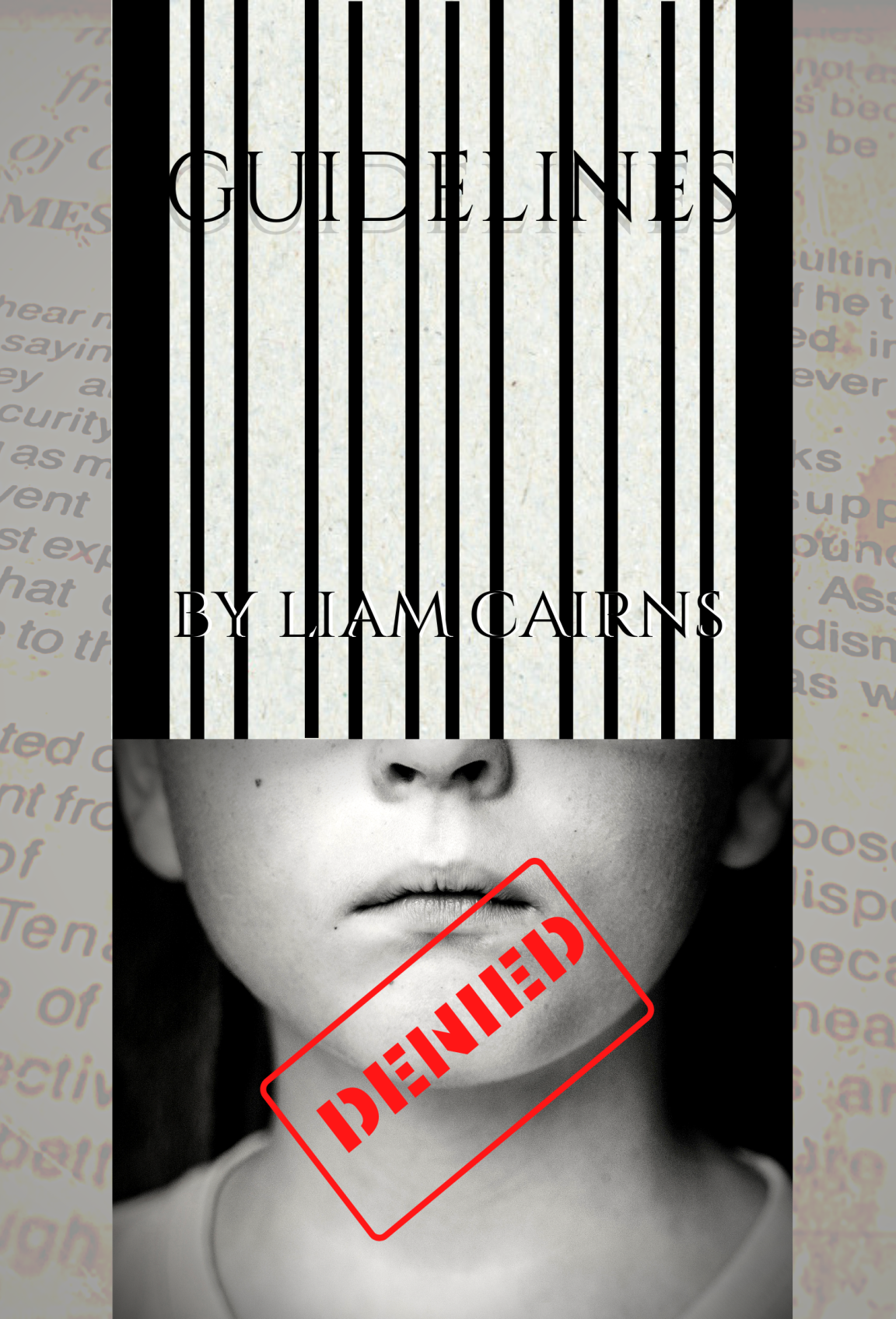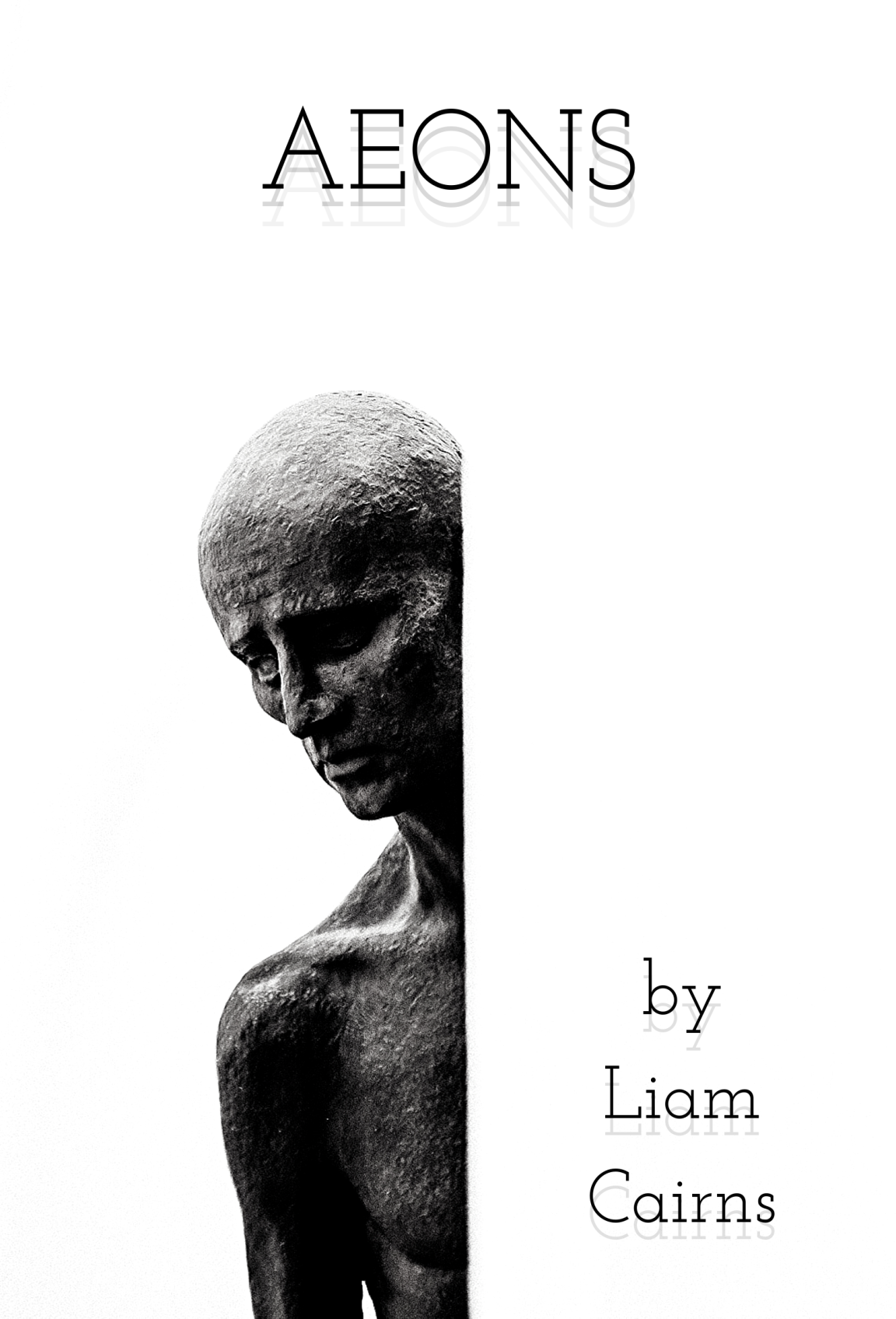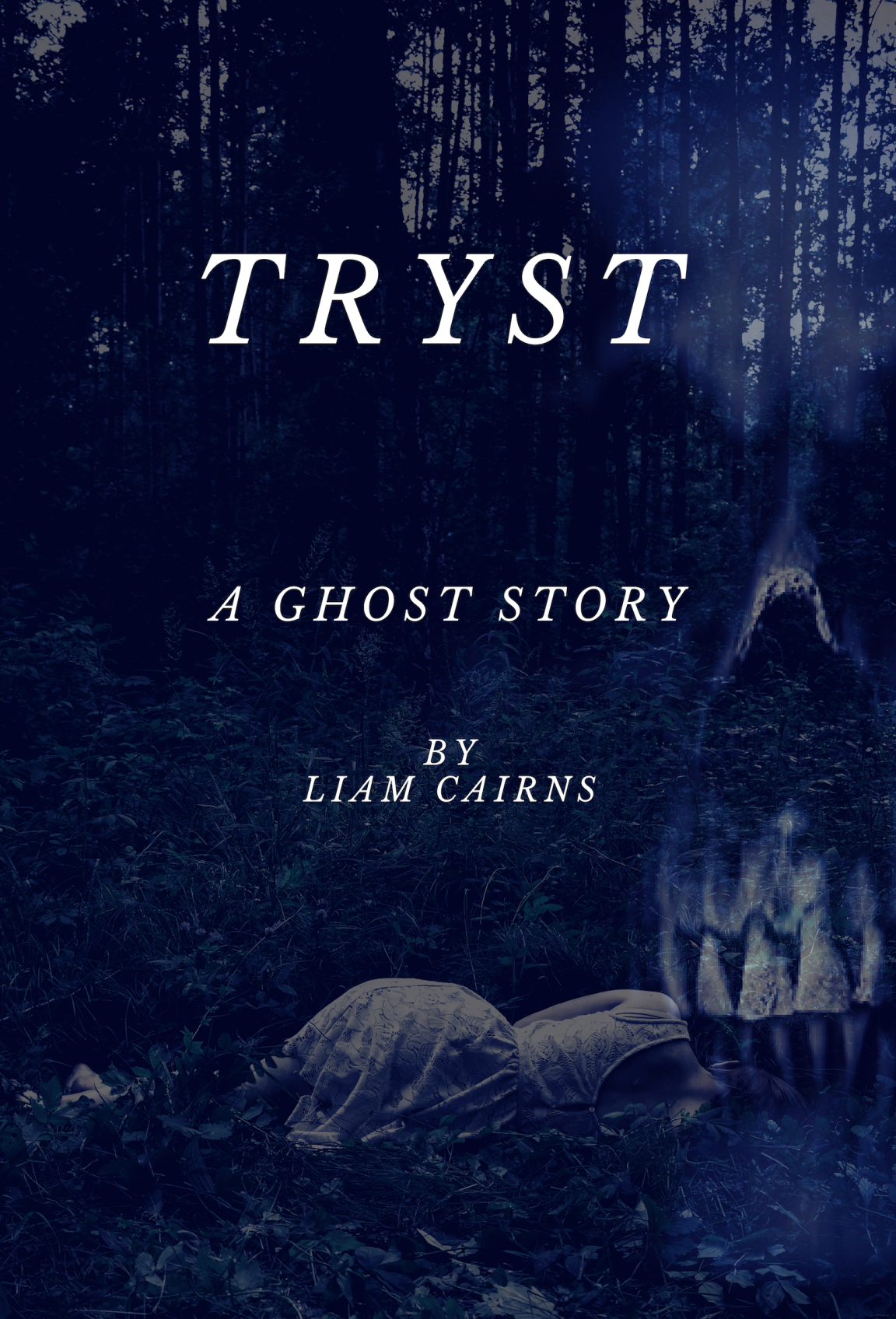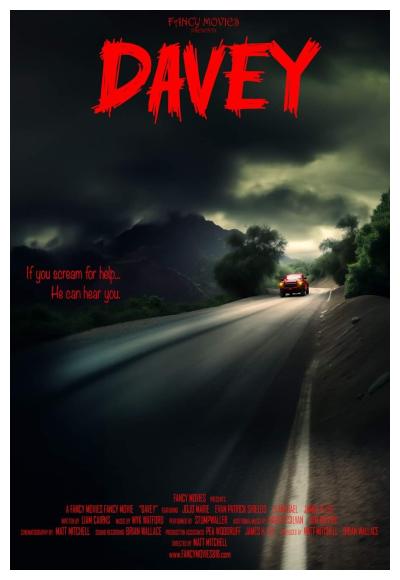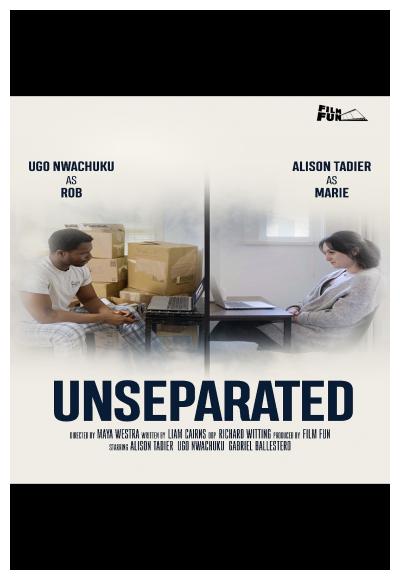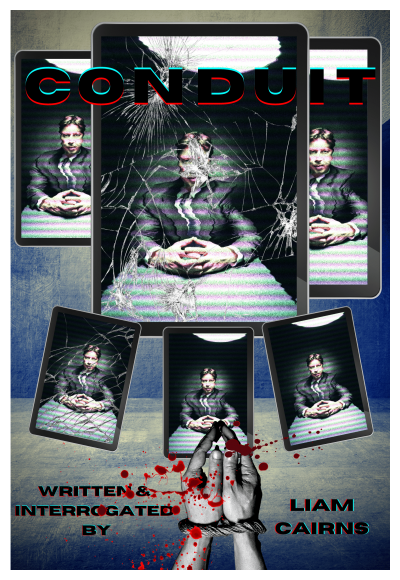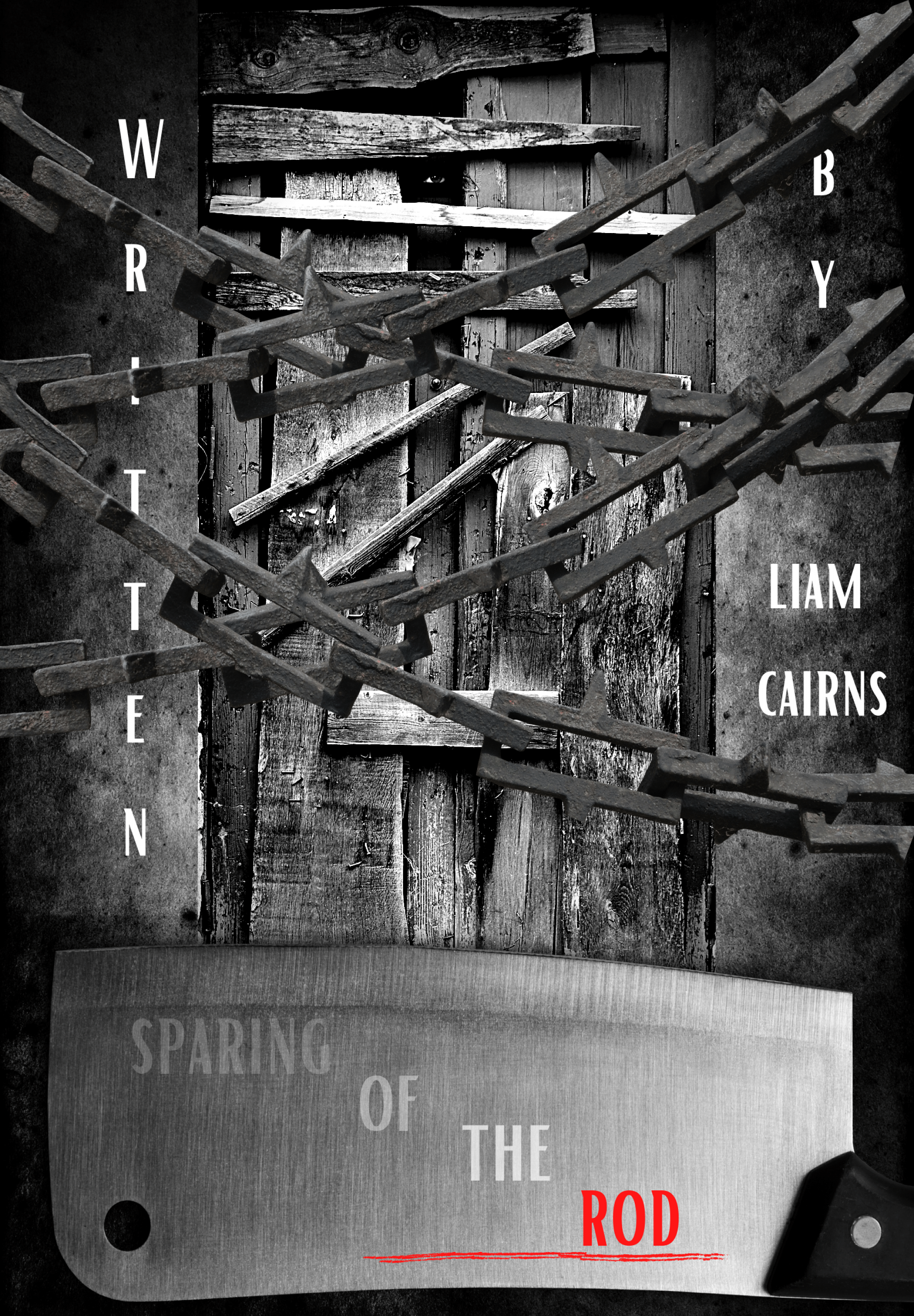
Synopsis/Details
In a lonely run-down house, isolated from the outside world, a lonelier run-down old woman attempts to clear away a scene of unspeakable destruction. Ursula, a sour-faced woman in her sixties, sweeps up a pile of glass, ceramic and wood that, by all rights, would take the work of an entire group of younger, more fresh faced, people. In fact, the damage throughout the whole household is devistating; furniture smashed to pieces, tiling shattered, windows caved in, kitchen appliances destroyed. But what could have caused such carnage?
The answer lies behind a heavy locked door at the end of a dark hallway, one made from untreated planks of wood and sealed shut with bolts, a medieval-style bar draped across the front and a padlocked door handle. Because, lurking behind this impenetrable barricade, a creature stirs hungrily in its pitch black cellar. A monster whose bodily appetites cannot sate its lust for rage and violence. And yet, despite its imposing wrath, Ursula is its jailer and guardian.
And as she cleans up the mess of its latest outburst, she finds a telling clue of what it used to be. Amongst the debris lies a family photograph of a much younger Ursula and her family. Once upon a time, there had been a husband and a daughter and, according to the portrait smiling back at the old woman, there had been happiness. All that is, except for the small pale figure standing behind the unsuspecting family. Its face is a triplet of three black holes, two for its eyes and one for its mouth. It could be a small boy but it feels more like a grotesque caricature of one.
Right on cue, her vile prisoner howls for its supper. Its dietry requirements are just as appauling: a pot of beans and a bucket of water laced with Ursula's blood. The scars on her hand confirm that this story is repeated continuously. Carrying this cargo to the locked door, she ventures into its lair, hoping that these megre offerings will pacify the creature's anger.
No such luck. It chokes on a crust of bread, one that Ursula has spat in out of sheer contempt.
"What's the matter? Don't like the bread?", she mocks. Then all hell breaks loose.
The monster attacks, revealing the true nature of its disformity. The mysterious "Boy" from the photograph has become an eight foot tall abomination, the skin a sickly pallor, the limbs disproportionately elongated, the nails lengthened into blackened claws. But worst of all is the sight of Ursula's husband and daughter, the same ages as in the photograph, protruding from the flesh of this walking nightmare, their glassy eyed faces and limbs merged with its skin like tumours.
The fight rages through the house. More possessions are lost to this onslaught. The destruction is worse than before. It strikes Ursula with the metal bar before tearing out a clump of her hair. Once its prey is weakened, it attempts to ingest Ursula into its body, presumably in the same fashion as the husband and daughter. Luckily, quick thinking on Ursula's part saves her from this and she manages to escape to the front door, the deformed beast hot in pursuit.
But then the front door is opened. Ursula stands her ground rather than escape. The creature suddenly ceases all hostilities. It sees the outside world in all its splendour. Ursula allows it the chance to leave and never come back. But the monster is overwhelmed by what it sees. The fresh air and unspoilt greenery terrify it. The chirp of a bird flying overhead spooks it. It races back to the familiar darkness of its cellar where it hides like a startled animal.
An exhausted Ursula surveys this new landscape of wreckage. She finds her family photograph which, miraculously, has survived intact. In despair, she shatters the frame herself, tossing it away like everything else in this pile of rubble. The memories of that time are gone. There is no more hope. She picks up her broom and begins to sweep, weeping uncontrollably as she does.
Story & Logistics
Story Type:
Escape
Story Situation:
An enemy loved
Story Conclusion:
Tragic
Linear Structure:
Linear
Moral Affections:
Disrespect, Punishment, Selfishness
Cast Size:
Couple
Locations:
Single
Special Effects:
Animatronics/puppets, Blood, Minor cgi, Other on-set effects, Other practical effects, Significant pyrotechnics
Characters
Lead Role Ages:
Female over 45
Hero Type:
Unfortunate
Villian Type:
Beast/Monster, Mentally Disturbed, Supernatural
Advanced
Subgenre:
Creature Feature
Action Elements:
Physical Stunts, Pyrotechnics
Equality & Diversity:
Elderly Focused, Elderly Protagonist, Female Protagonist
Life Topics:
Parenthood, The Elderly
Time Period:
Contemporary times
Country:
United Kingdom (UK)
Relationship Topics:
Abusive relationship, Elderly
Writer Style:
Frank Darabont

